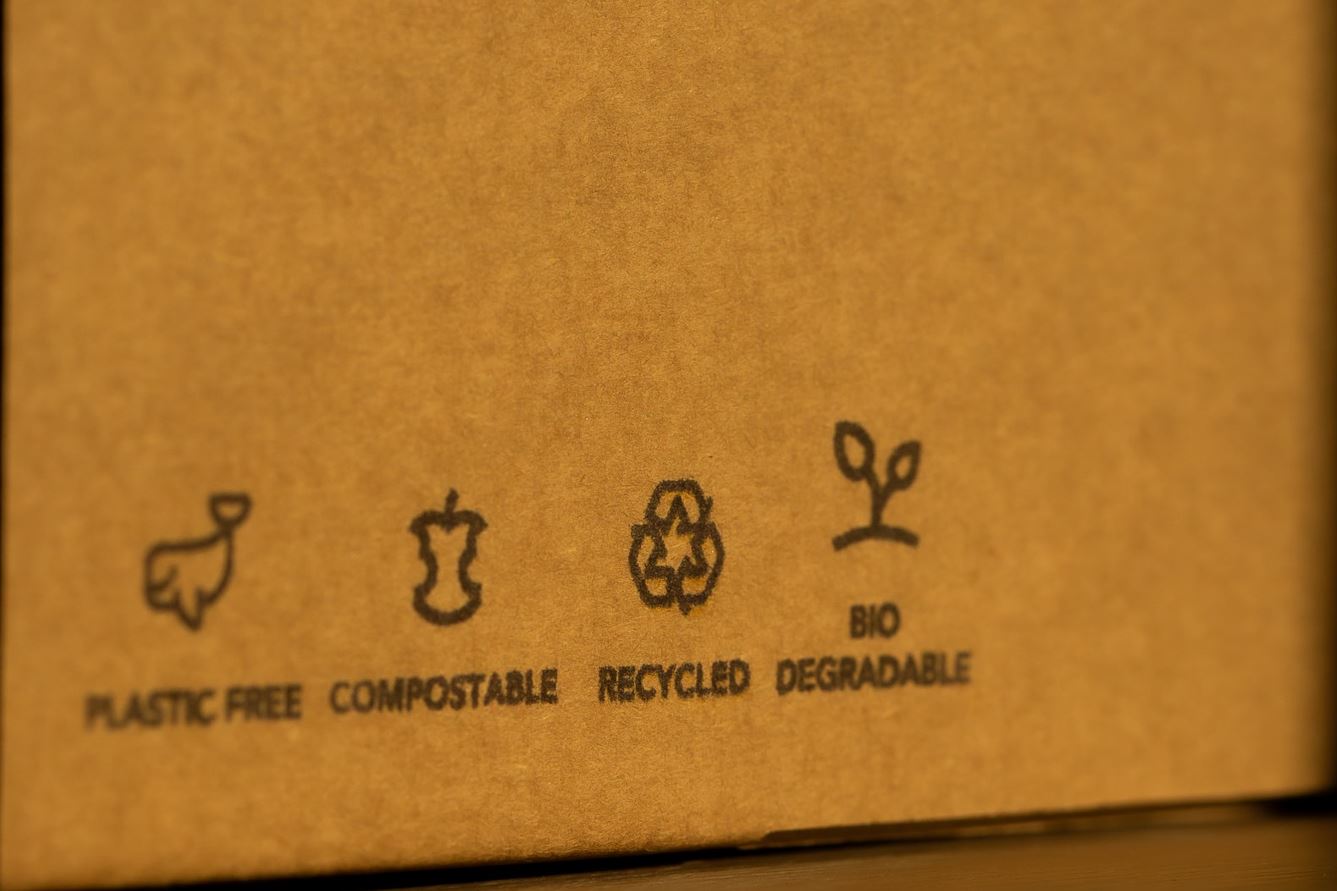Post-COVID Packaging Will Combine Hygiene and Sustainability
Most respectable companies go to great lengths to ensure their packaging is sustainably sourced and at least partially recyclable. To reduce waste, many companies have started using less packaging overall, which results in products being partially exposed.
Before the COVID-19 pandemic, partially exposed products weren’t a problem. For the last several decades, and possibly forever, most people have never thought about the risks associated with open packaging.
For the most part, only those with compromised immune systems have considered the risks of getting sick from touching a product that isn’t completely enclosed in plastic. But, thanks to the coronavirus pandemic, that concern is now a reality for many people with healthy immune systems.
This has created a dilemma. Consumers want companies to prioritize eco-friendly practices, but hygiene concerns have shifted that priority.
Sustainable packaging has become a lesser priority
Businesses have been focused on eco-friendly packaging and using sustainable, recyclable materials for at least a decade. However, the urgency to adopt sustainable practices has increased exponentially in recent years. Still, the coronavirus pandemic has forced sustainability to take a back seat to hygienic packaging.
Businesses aren’t sure if this shift is temporary or permanent since people might have a hard time releasing their fears even after threats have vanished. Even though the FDA has announced that COVID-19 is not transmissible through food or packaging, consumers aren’t willing to take any risks.
How hygienic packaging will impact businesses
Most companies don’t have to worry about the impact of prioritizing hygienic packaging. For instance, Trader Joe’s has been packaging vegetables in plastic for years. If other produce companies followed suit, it wouldn’t be too unfamiliar.
Other products like pens and pencils are easy enough to fully enclose in a package. However, there might be a problem with products people like to feel before they buy. For instance, people like to feel the fabric of packaged underwear before buying the package.
Underwear manufacturers started putting holes in the package intentionally because consumers were ripping open the bags to feel the fabric. If underwear brands go back to a fully-enclosed package, they might end up with a bunch of chargebacks again.
The focus on hygienic packaging will have an increased impact on businesses that sell specialty, customized, and collectible items. These types of items tend to be presented in open packaging to show off the product’s features.
For example, products with custom, textured, metal nameplates are often displayed in open-front packaging that allows consumers to touch the product. This helps sell the product. Without this type of packaging, these types of products might see fewer sales.
How companies are maintaining sustainability
Companies that want to combine sustainability with hygiene are facing some tough decisions. Many of them are fully enclosing their products in packaging made from recyclable materials and showing consumers how to recycle the packaging.
For companies that want to take hygiene and sustainability as far as possible, they’re looking at multilayer packaging – at least for food products. For example, a juice pouch can have a twist-off seal at the top and have an outer film that peels off of the pouch that makes the inner pouch safe to touch to a person’s mouth.
While it’s mostly food companies that need to worry about tamper-proof packaging, any product with an extra layer of protection will feel safer to those who are concerned about contracting the coronavirus.
Not all companies care about hygienic packaging
Some companies are willing to go the extra mile to maintain sustainability while protecting consumers, but not all. There will always be companies who can’t be bothered to change their packaging because of the coronavirus.
This is understandable considering it’s not cheap to make drastic changes. Even if the packaging materials are cheap, it costs plenty of time and payroll dollars to make those changes.
Consumers still expect businesses to be honest about sustainability claims
Despite shifting the focus toward hygienic packaging, consumers still expect businesses to be honest about their sustainability claims. For example, it’s no longer enough for a business to claim their products and packaging are sustainable – they need to prove those claims all the way back to the raw materials.
In today’s world, if a business is caught lying about sustainability anywhere along the supply chain, the consequences are severe. Companies that reduce their sustainability in order to satisfy consumer demands for hygienic packaging need to make sure they remain transparent with their customers. Even if the change is temporary, customers want to know.
Hopefully, most companies will find a decent compromise between sustainability and the new demand for hygienic packaging. The demand is relatively new, so we’ll probably see big changes in the next few years.

